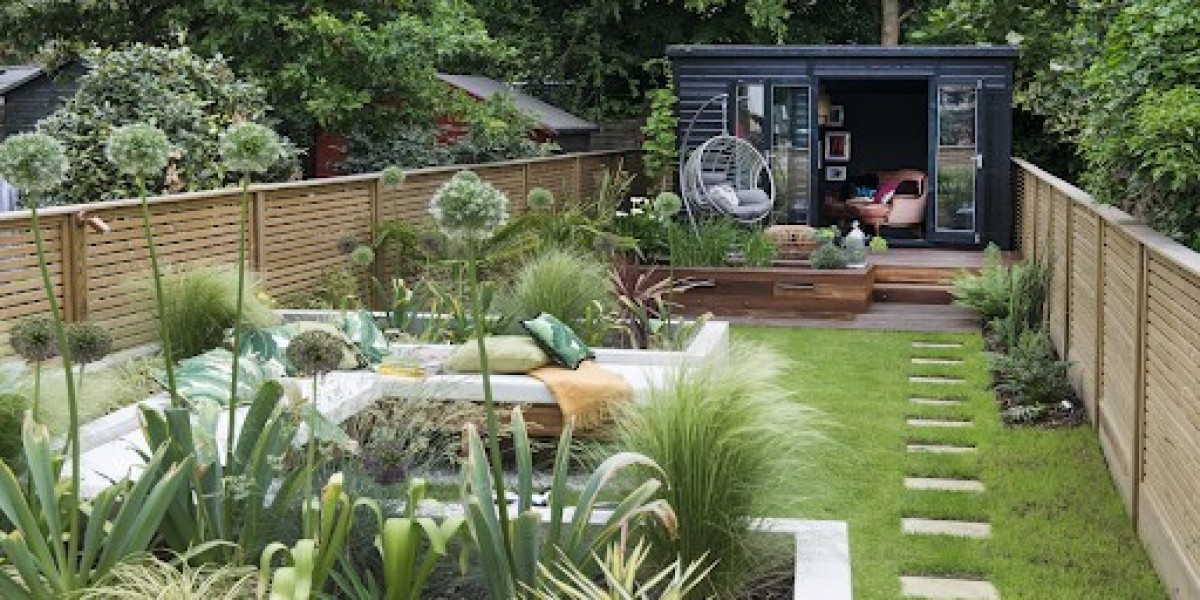A well-tended garden is a sight to behold, and the right garden edge border can transform your outdoor space into a stunning oasis of beauty and order. In this post, we'll explore the world of garden edge border, shedding light on their various types, benefits, and how they can elevate your garden's aesthetics and functionality.
The Importance of Garden Edge Borders
Garden edge borders serve both practical and aesthetic purposes in landscaping. They define the boundaries of different garden areas, such as flower beds, pathways, and lawns, while enhancing your garden's overall visual appeal.
- Defining Spaces: Garden edge borders create clear divisions between different sections of your garden, helping you organise and define specific areas. This separation can prevent plants from encroaching on one another and maintain a neat appearance.
- Weed Control: Garden edge borders act as barriers, helping to prevent weeds and grass from spreading into flower beds and other landscaped areas. This reduces the need for constant weeding and maintenance.
- Protection: They provide protection for delicate plants and flowers. Garden edge borders can shield your plants from lawnmowers, foot traffic, and potential damage.
- Aesthetics: A well-chosen and well-maintained garden edge border can significantly enhance your garden's visual appeal. It adds structure, symmetry, and a sense of order to the landscape.
- Easy Maintenance: Garden edge borders can make garden maintenance more manageable. They create clean lines, making it easier to mow the lawn, trim edges, and apply mulch or fertilisers.
Types of Garden Edge Borders
- Stone or Rock Borders: Stone or rock borders lend a natural and rustic charm to your garden. They can be stacked or arranged in various patterns and are durable, long-lasting options.
- Metal Edging: Metal edging, typically made of steel or aluminium, offers a sleek and modern look. It's versatile, easy to install, and provides a clean separation between garden areas.
- Wooden Edging: Wooden garden edge borders are a classic choice. They add warmth and a natural touch to your garden. However, they may require more maintenance to prevent rotting or warping.
- Plastic or Rubber Edging: These materials are cost-effective and easy to install. They come in various styles, including flexible rolls that conform to curves and rigid strips for straight edges.
- Concrete or Brick Borders: Concrete or brick borders provide a durable and traditional appearance. They can be used to create raised beds and retain soil in sloped areas.
- Living Edges: Living edges involve using plants as garden edge borders. Low-growing ground covers or hedges can define garden areas while adding greenery to your landscape.
Design Tips for Garden Edge Borders
- Choose Complementary Materials: Select garden edge borders that complement your garden's overall style and aesthetics. Harmonize materials with existing hardscaping elements like pathways and patios.
- Consider Height and Width: The height and width of your garden edge borders should be proportional to your garden's size and the scale of surrounding elements. Taller borders can create a sense of enclosure, while lower ones offer a subtle separation.
- Curves and Flow: Curved garden edging borders can soften the lines and create a more organic, flowing feel. Experiment with curved designs to add interest and movement to your landscape.
- Planting Zone: Leave enough space between the garden edge border and plants to allow for growth. Consider the mature size of your plants when determining border placement.
- Maintenance Access: Ensure that you can access the garden for maintenance tasks like weeding, mulching, and pruning without difficulty.
- Color and Texture: Integrate colour and texture into your lawn edge borders. For example, use colourful stones or bricks to add visual interest.
Conclusion
Garden edge borders are not merely functional; they are essential design elements that elevate the beauty and organisation of your garden. Whether you prefer a classic look with wooden borders, a modern feel with metal edging, or a natural vibe with stone borders, the right choice can transform your outdoor space into a harmonious and captivating retreat.



